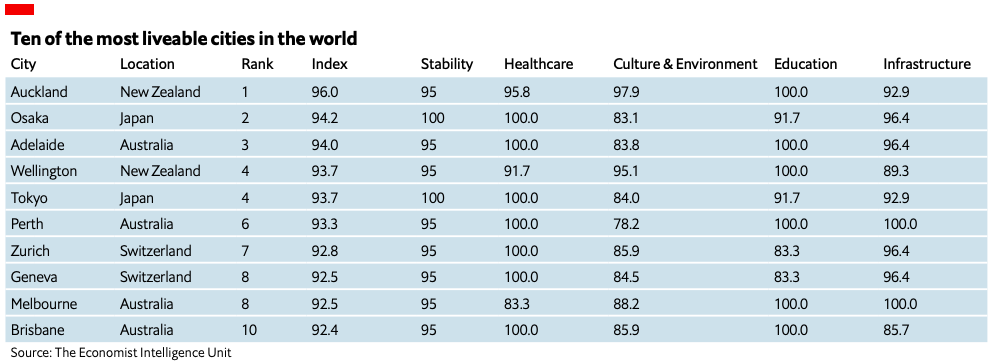

Three more Chinese cities host populations of 10 million or more. It is noted for its flourshing manufacturing industry and is also a major center of transporation in the country. Located in southwest China, this megacity serves as the economic hub of the Sichuan Basin. This Booklet is in support to the preparation of the forthcoming UN-Habitat Global State of Metropolis Report.China's third biggest city, Chongqing hosts around 15 million people. This Data Booklet uses the datasets from the 2018 revision of the World Urbanization Prospects to analyse both global and regional metropolitan trends among the United Nations Regional Groups.

An approach supported by metropolitan authorities and experts and the World Urbanization Prospects (WUP). It defines a metropolitan area as a city and its commuting zone, which consists of suburban, periurban and rural areas economically and socially linked to the city. This definition captures the full extent of a city including the dense areas beyond the municipal boundaries. In March 2020, the UN Statistical Commission endorsed a global definition of cities to facilitate international comparison. Definitions of cities, urban agglomerations and metropolitan areas vary depending on legal, administrative, political, economic or cultural criteria in the respective countries and regions. Rising population and uncontrolled urban land consumption rates have been responsible for the rise of bigger and denser cities and metropolises. 34 metropolises have surpassed 10 million inhabitants while 51 have a population of 5 to 10 million 494 of 1 to 5 million and 1355 of 300,000 to 1 million.

At least 2.59 billion people live in metropolises in 2020 which is equivalent to one third of the global population. In 2020 there are 1934 metropolises with more than 300,000 inhabitants representing approximately 60% of the world’s urban population.


 0 kommentar(er)
0 kommentar(er)
